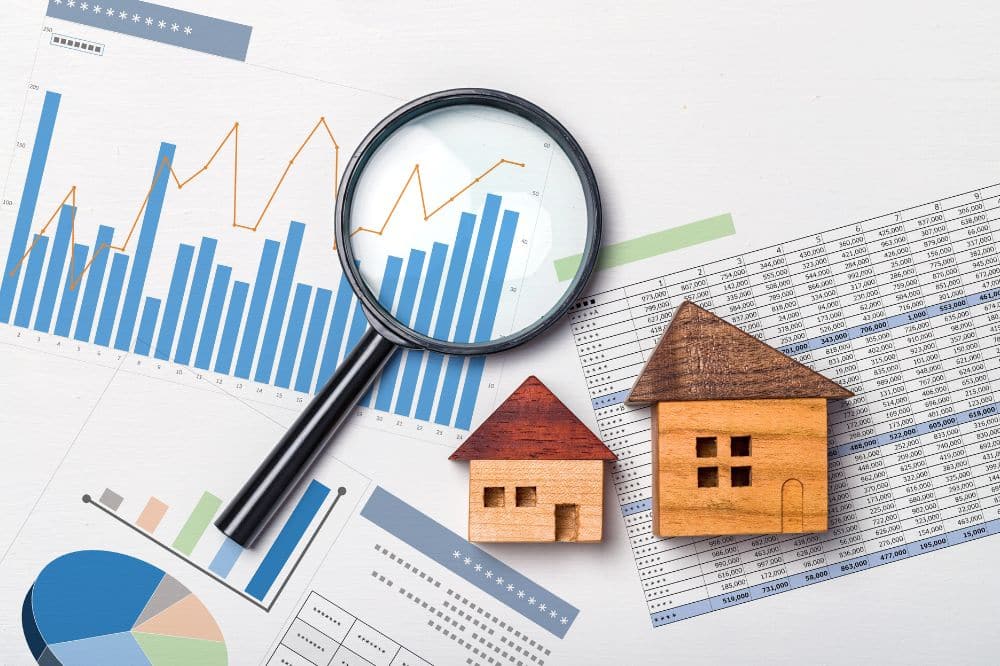
What Should You Know Before Selling at an Antique Auction?
Selling antiques at an auction can be an exciting and rewarding experience, especially if you have valuable items passed down through generations or collected over time. However, auctioning antiques is more complex than it might seem. Before diving into the world of antique auctions in San Diego, it’s essential to understand how auctions work, what to expect, and how to get the best value for your items.
This guide will walk you through everything you need to know before selling at an antique auction. By the end of this article, you’ll be better prepared to navigate the auction process confidently and avoid common mistakes that sellers often make.
Understanding the Antique Auction Process
An antique auction is a public sale where individuals bid on rare and collectible items. These items can range from furniture, artwork, and jewelry to more niche collectibles like coins and books. The highest bidder wins the item, and the seller receives the payment after the auction house takes its commission. Antique auctions attract collectors, dealers, and enthusiasts looking for unique pieces. Auctions are competitive, and the final sale price of an item is often determined by demand, rarity, and condition.
How Do Auctions Work?
The auction process is quite simple. Sellers submit their items to the auction house, which then prepares them for sale. Once the auction begins, interested buyers place bids. As bids rise, the item’s price increases until no further bids exist. The highest bidder wins at that point, and the sale is finalized. For sellers, understanding this process is crucial. Auctions can sometimes be fast-paced, and it’s essential to have realistic expectations about the final price your item might fetch
Key Factors to Consider Before Selling
Research the Value of Your Items: It’s essential to research their value before selling your antiques at auction. Many people overestimate the worth of their items, expecting to make large sums of money. While some pieces are valuable, others may not be as rare or in demand as you think. Start by getting an appraisal from an expert or researching similar items recently sold at auctions. This will give you a realistic understanding of what your item might sell for and help you avoid disappointment.
Choose the Right Auction House: Not all auction houses are created equal. Some are experts in high-end antiques, while others focus on more affordable collectibles. To get the best results, you’ll want to pick an auction house that has experience with the type of antiques you’re selling. Take a look at their past auctions to see if they’ve successfully handled similar items. In San Diego, there are several well-regarded auction houses. It’s a good idea to visit them or give them a call to understand their process and fees better. This way, you can ensure you’re working with a place that aligns with your needs and expectations.
Understand Auction Fees and Commissions: Auction houses charge fees and commissions for selling your items. These fees typically range from 10% to 30% of the final sale price. Before committing to an auction house, ask about their commission rates and any additional charges that may apply, such as listing fees or marketing costs. It’s essential to factor these fees into your overall profit margin to clearly understand how
much money you’ll receive after the auction is complete.
What to Expect on Auction Day
Setting a Reserve Price
A reserve price is the minimum amount you will accept for your item. This price is usually agreed upon with the auction house before the sale begins. The item will not be sold if bidding does not reach the reserve price. Setting a reserve price can protect you from selling your item for less than it’s worth, but setting it too high might scare off potential buyers. It’s essential to balance a fair reserve price and a price that encourages bidding.
Understanding Auctioneer Strategies
Auctioneers are skilled professionals who use various techniques to generate excitement and encourage bidding. They might start the bidding at a lower price to create competition or highlight certain features of the item to attract attention. Be prepared for the auction to move quickly. Auctions can be fast-paced, and the final selling price can sometimes exceed or fall below your expectations. Keep an open mind, and trust the auctioneer’s expertise in managing the bidding process.
After the Auction
Once your item is sold, you will receive payment from the auction house, typically within a few weeks. The payment will be the final selling price minus the auction house’s commission and any additional fees. Be sure to clarify the payment timeline with the auction house before the auction begins.
Conclusion
Selling your antiques at an auction can be a rewarding way to find a new home for your cherished items while potentially making a profit. However, it’s essential to approach the process with knowledge and preparation. By researching your items, choosing the right auction house, and understanding the auction process, you can increase your chances of success and avoid common pitfalls.
If you’re looking to sell antiques in San Diego, work with a reputable service that understands the local market and can guide you through the entire process. San Diego Liquidation and Estate Sale Services Inc. is one such company that can help you maximize the value of your antiques at auction.




